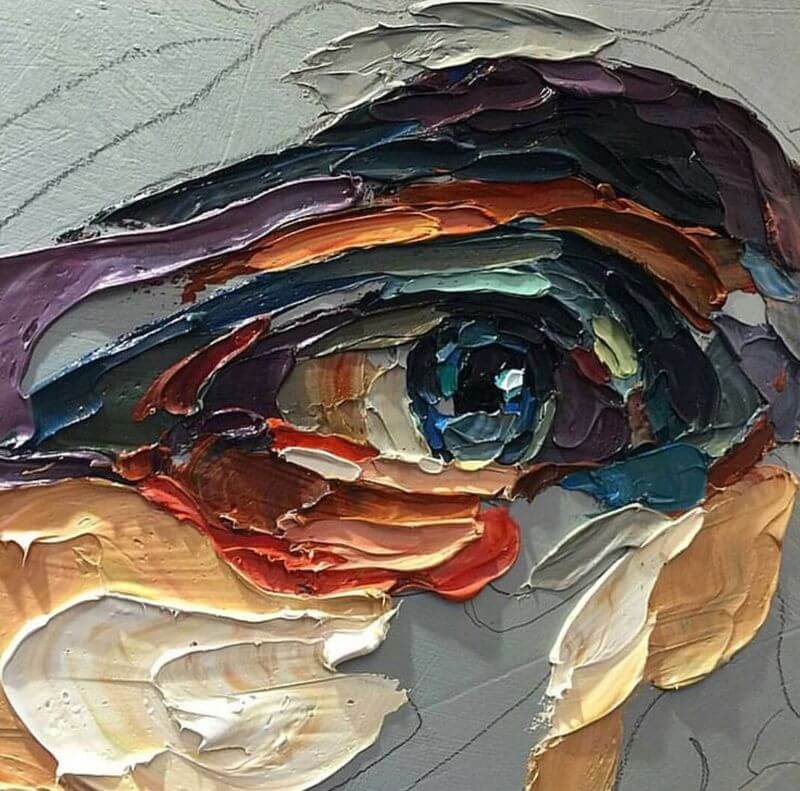Exploring and Mastering the Impasto Technique of Art – Art is a realm of endless creativity and techniques, each contributing to the depth and allure of a masterpiece. One such technique that adds a tactile dimension to paintings is the impasto technique.
In this article, we delve into the world of impasto, exploring its definition, its purposes, notable artists who embraced it, and the most celebrated impasto masterpiece that continues to captivate art enthusiasts. idn slot
Understanding the Impasto Technique
Impasto, derived from the Italian word “impastare” meaning “to mix,” refers to the application of paint in thick, textured layers onto a canvas. Artists achieve this effect by using paint straight from the tube, palette knives, or other tools that allow for a bold and tangible texture. The impasto technique allows the brush strokes to be visible, creating a three-dimensional quality on the two-dimensional canvas.

The Purpose Behind Impasto: Depth and Texture
Artists use the impasto technique for various reasons, the foremost being the creation of depth and texture. The thick layers of paint catch light differently, casting shadows and highlights that add visual interest and realism to the artwork. Additionally, the tactile nature of impasto paintings invites viewers to engage with the piece on a sensory level, enhancing the overall experience.
Renowned Artists and Their Impasto Creations
- Vincent van Gogh: Van Gogh’s iconic works, such as “Starry Night,” are characterized by their expressive impasto brushwork. He used impasto to convey his emotions and capture the energy of his subjects.
- Rembrandt: The masterful use of impasto can be seen in Rembrandt’s portraits, where he employed the technique to create the texture of fabrics, jewelry, and other elements.
- Jackson Pollock: While impasto is often associated with traditional paintings, Pollock utilized it in his unique drip paintings, creating dynamic textures and layers.
Unveiling the Most Famous Impasto Masterpiece
One of the most celebrated impasto masterpieces in art history is Vincent van Gogh’s “The Starry Night.” This iconic painting features swirling skies and luminous stars created through thick, swirling brushwork. The impasto technique brings depth to the night sky and a sense of movement to the stars, making the artwork a testament to van Gogh’s mastery of texture and emotion.
Conclusion
The impasto technique is a testament to the versatility and creativity within the world of art. Through its bold and textured application of paint, artists can transform two-dimensional canvases into multi-dimensional masterpieces that captivate the senses.
From the expressive works of Vincent van Gogh to the dynamic creations of Jackson Pollock, impasto continues to shape the art world, enriching paintings with depth, texture, and a tangible allure.
Whether conveying emotions, capturing the play of light, or adding a sensory dimension to the viewing experience, impasto remains a cherished technique that invites both artists and art enthusiasts to explore the boundaries of creativity and tactile artistry.